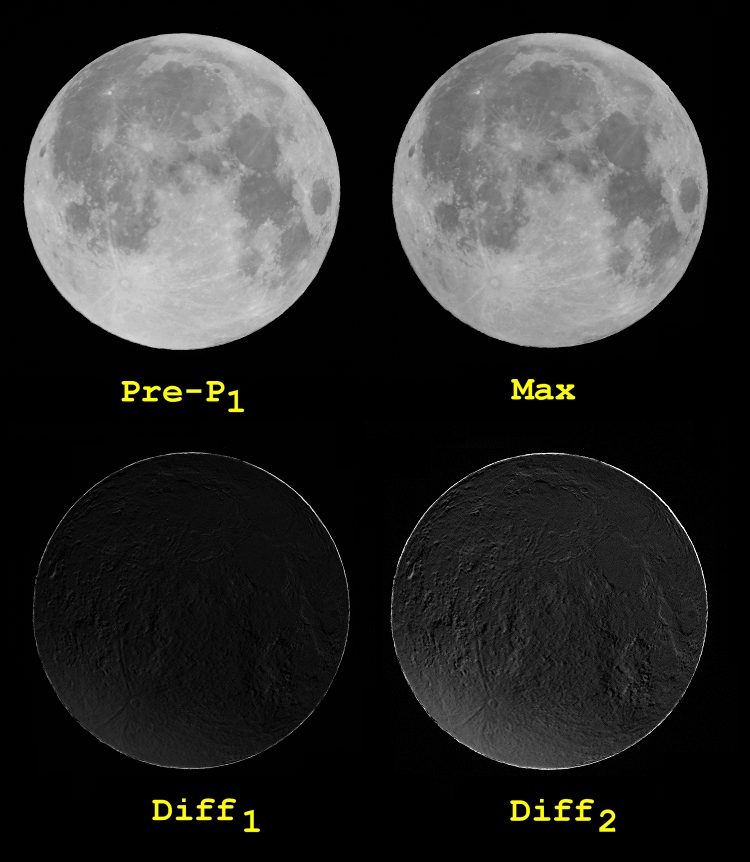
Ever since man's first appearance on this planet, eclipses have been regarded as both mystical and devine with some cultures, for example,
associating a lunar eclipse with the imminent arrival of death, war and/or famine. Although the distance of the moon and sun from earth vary
dramatically (400,000 vs 150,000,000 km, respectively), the apparent size of these two heavenly bodies is such that they give the impression
during an eclipse, solar or lunar, to be virtually identical (ie. about 30 arc-minutes in angular size). A total eclipse represents the unique
occurrence in space and time where the sun, moon and earth are perfectly aligned as three collinear points on the same orbital plane. When the
collinearity is not perfect but one of these three bodies is slightly higher or lower in the plane, we have a partial eclipse. Of course, a
solar eclipse occurs when the moon lies perfectly between the sun and the earth, thus eclipsing the solar disk. In contrast, a lunar eclipse
occurs when the earth lies between the sun and moon and, thus, the moon is hidden by the earth's shadow.
Note: Although total lunar eclipses are stunning
events, partial eclipses involving the earth's penumbra are often considered non-events and not worthy of observation since the minute changes
in the apparent magnitude of the moon are barely visible to the ground-based observer (if at all). However, I always wanted to use a
photographical approach to such an event in order to capture as accurately as possible the minute change in magnitude, for a camera takes a
"no prisoners" approach.
The composite image below is a digital time series sequence centered on the penumbral eclipse maximum. Furthermore, the length of each exposure
was purposely kept constant from image to image so as to ensure the change in magnitude during the course of the eclipse, however slight, would
be captured as accurately as possible. Finally, all images were recorded in RAW image format so that the digital camera's on-board software
would not manipulate the white balance in any way and, thereby, distort the planned comparison.
Note: The difference image identified as "Diff1" in the collage below represents a linear difference
between the image at "Pre-P1" and "Max" whereas the image identified as "Diff2" involves the application of a non-linear
curves adjustment in Photoshop designed to enhance the subtle differences inherent in the "Diff1" result and which more clearly
illustrates the very subtle effect due to the moon's partial presence in the penumbra.
(First contact) |
(First contact) |
(Start of Totality) |
Penumbra |
(End of Totality) |
(Full) |
(End) |
|
|
Body: Moon Mass: 0.0123 x Earth Mean Eq Diameter: 0.2719 x Earth Distance: 404,637 km Sidereal Rev: 27d 07h 43m 11s Age: 14d 18h 07m Diameter: 29.75' Saros Cycle: 148 Magnitude:
Duration:
|
 |
Date: Aug 06, 2009 02:00:00 UT+3 03:40:00 UT+3 Location: Athens, Greece Equipment: Takahashi FSQ 106/f5 AP 2x Conv Barlow Canon EOS 5D Mark I Baader UV/IR-Cut Filter Exposure: 2 x 1/160 sec ISO 100 RAW Image Format 4368x2912 image size Manual Mode Servo Mode Software: Digital Photo Pro V1.6.1.0 Photoshop CS2 Processing: Resampling JPG Compression |